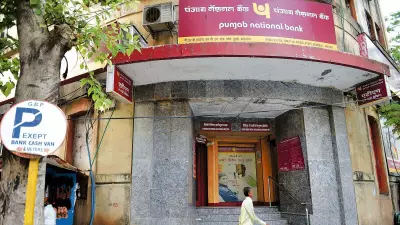
The Reserve Bank of India's latest Financial Stability Report has sounded alarm bells across the financial sector, drawing unsettling parallels between India's growing NBFC concerns and the infamous US subprime auto loan crisis. As regulatory oversight intensifies, experts warn that the non-banking financial sector could be heading toward turbulent waters.
The Disturbing Parallels: India Today vs US Yesterday
What makes the current situation particularly concerning is how closely it mirrors the early warning signs of the US subprime auto loan debacle. Both scenarios share common characteristics:
- Aggressive lending practices targeting borrowers with weaker credit profiles
- Rapid portfolio growth outpacing risk management capabilities
- Increasing reliance on wholesale funding markets
- Potential asset-liability mismatches
The RBI report highlights that while banks have strengthened their balance sheets, the shadow banking sector remains vulnerable to external shocks and liquidity crunches.
Regulatory Response: Closing the Gaps
Indian regulators are taking proactive measures to prevent a full-blown crisis. The RBI has been progressively tightening norms for non-banking financial companies, focusing on:
- Enhanced governance standards for better risk management
- Stricter liquidity requirements to prevent ALM mismatches
- Improved disclosure norms for greater transparency
- Consolidated supervision of large conglomerates
These measures aim to create a more resilient financial ecosystem capable of withstanding economic headwinds.
The Ripple Effect on Main Street
The health of NBFCs matters profoundly to the average Indian consumer and small business owner. These institutions play a crucial role in:
- Providing credit to segments underserved by traditional banks
- Financing vehicle purchases and small business expansion
- Supporting affordable housing through housing finance companies
- Driving consumption through personal and consumer durable loans
Any significant disruption in this sector could have far-reaching consequences for economic growth and financial inclusion, particularly in rural and semi-urban areas where NBFCs have deep penetration.
Looking Ahead: Prevention Better Than Cure
The silver lining in this potentially dark cloud is that Indian regulators have the benefit of learning from global precedents. The proactive stance demonstrated by the RBI suggests that lessons from the 2008 global financial crisis and subsequent international banking troubles haven't gone unheeded.
As the financial landscape evolves, the delicate balance between fostering innovation in the NBFC sector and maintaining systemic stability will be crucial for India's economic trajectory in the coming years.





